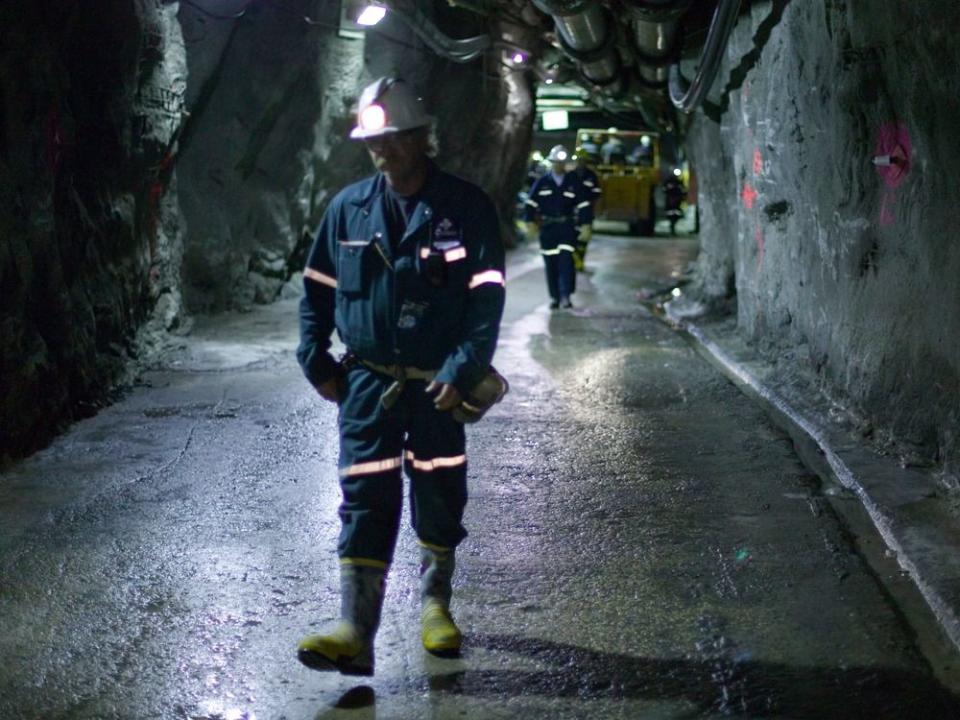'We have to do better': Why Canada's main mining lobby wants its members to get serious about workplace culture

Canada’s biggest mining association wants its members to try harder to diversify their workforces and to tackle issues related to workforce trauma, warning that failure to do so could exacerbate a chronic shortage of skilled labour.
The Mining Association of Canada (MAC), whose nearly 60 members including Barrick Gold Corp. and Teck Resources Ltd., is receiving comments on a draft equity, diversity and inclusion protocol, which it posted last week for review. The association aims to get sign-off from its board of directors in March 2023.
Miners are struggling with an image problem, as even the biggest companies have reputations of being less-than-perfect employers. MAC’s proposals come six months after mining giant Rio Tinto Ltd. revealed a shocking survey of about 10,000 employees, which suggests the company has a culture of systemic bullying, sexual harassment and racism in the company’s workforce.
The new Canadian protocol would compel members of the association to organize similar surveys and get them assessed by third parties once in every three years, said MAC’s chief executive Pierre Gratton.

“They are not going to look exactly the same as Rio Tinto but it’s going to drive far more transparency around these issues in the sector and that’s a good thing,” Gratton said. “It will easily be the most comprehensive standard in the world for the mining sector in equity diversity and inclusion,” he added.
Canada’s mining industry is expected to see a shortage of about 80,000 to 120,000 workers by 2030, according to the non-profit Mining Industry Human Resources Council. Industry insiders such as Gratton believe the sector needs to hire workers from different backgrounds, including more women, and rebrand itself to be able to attract younger workers.
The workplace push is part of MAC’s Towards Sustainable Mining program, which helps miners manage environmental and social risks. The program already has about 30 indicators and eight protocols that deal with issues such as tailings management and communicating with Indigenous groups. Members are graded annually and are handed scores AAA to C.
Anne Johnson, an assistant professor who studies mining at Queen’s University, said the TSM is “valuable” because it sets “minimums” and requires companies to improve over time.
While Johnson agrees with critics such as Mining Watch Canada, an NGO that believes the TSM sets weaker standards than some of the others out there, she said MAC’s protocols were useful in compelling miners to steadily improve, instead of not participating at all. “Incremental improvement is going to get us where we need to go,” she said.
With Canada looking to lead in the critical minerals race, as the demand for battery metals rises, the academic believed the announcement of a new protocol was “timely,” one that would be required for the industry to attract new talent and bolster it.
The idea behind creating a new protocol on equity, diversity and inclusion stems from the rise of the Black Lives Matter movement in 2020, which is when MAC first felt the need to expand its policies.
Lundin Mining suspends copper mine in Chile as authorities investigate sinkhole
Indigenous groups say UN declaration improving relations with Canadian mine operators
The draft diversity protocol has four indicators that would require companies to take steps such as creating a prompt, confidential response mechanism for workers’ complaints and suggestions; tackling hiring bias; and training workers to mitigate “harmful and disrespectful behaviours.”
Gratton said that companies will look to improve their scores to avoid being categorized in the “lower levels of C or B.” They could also be asked to leave the association if they don’t follow the TSM protocols.
For example, Gratton said that when MAC published its first TSM results for tailings management in 2006, which is how companies store mine wastes, more than half of its members were given Bs or Cs. Today, more than 90 per cent of the miners have achieved the level A in that category.
According to Gratton, the industry hasn’t been able to “keep people” because the workplace has mostly been conducive to “white men” and he believes the new protocol can help change that.
“We have to do a better job,” he said. “It will take us some time, but I am sure we are going to do it.”
• Email: nkarim@postmedia.com | Twitter: naimonthefield

 Yahoo Finance
Yahoo Finance 